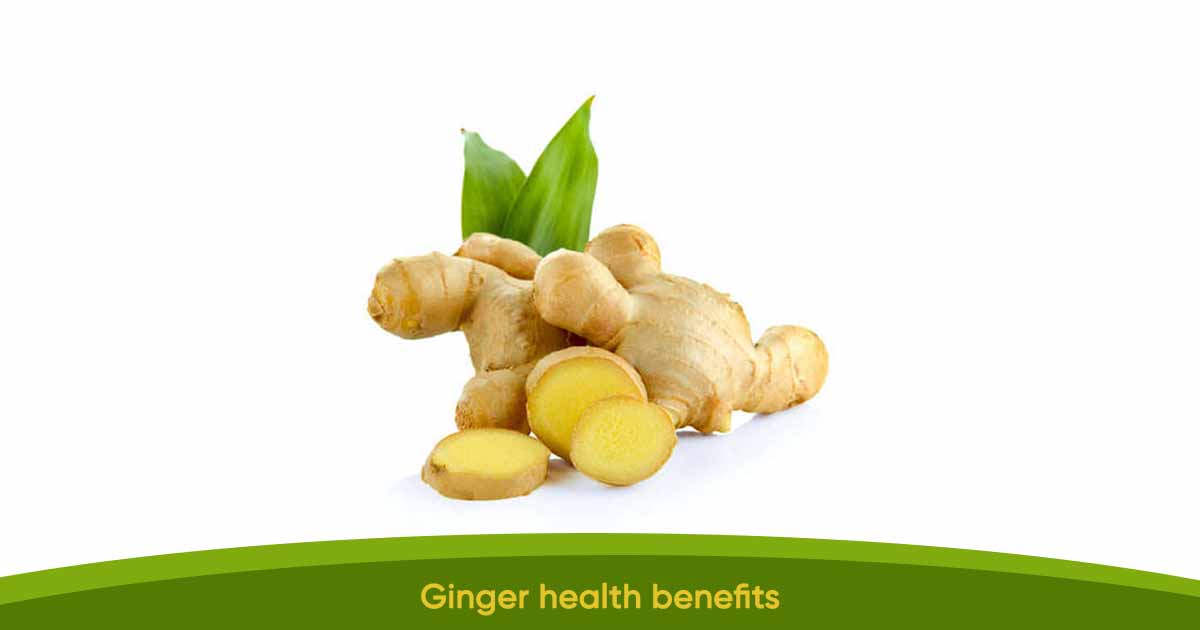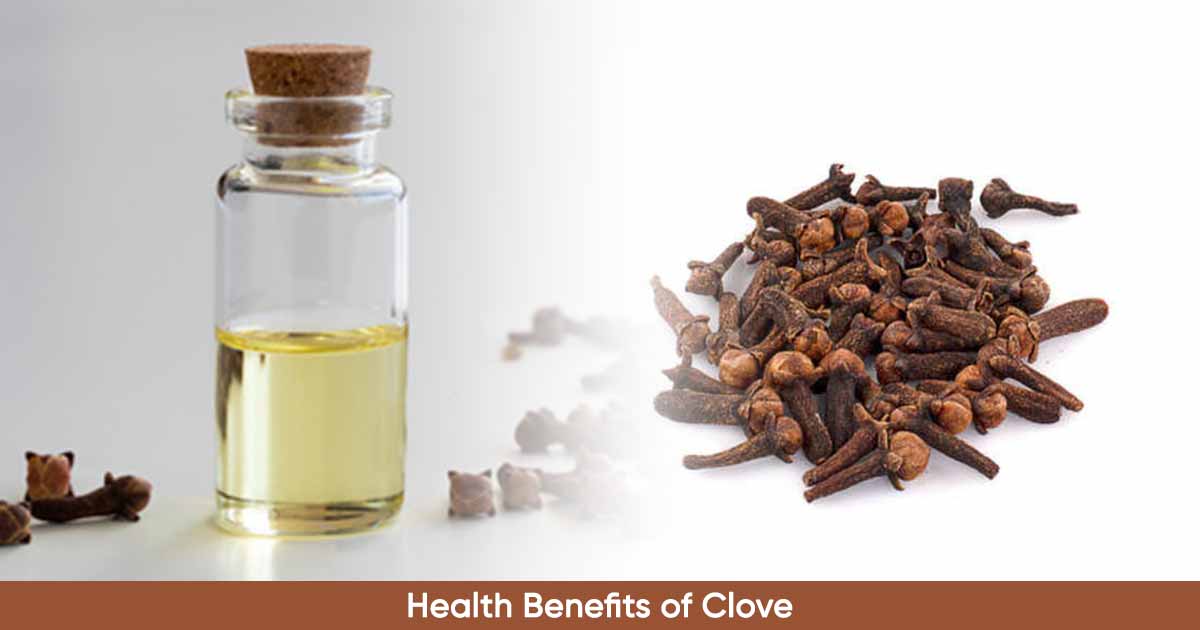Tiger nut (Cyperus esculentus lativum), also called Yellow Nutsedge, is a tuber of the family Cyperaceae. They grow and consume the nut in most West and East Africa, the Arabian peninsula, and Europe, especially in Spain. It is popularly called Chufa in Spanish. Arab traders introduced the tuber to Valencia in Spain.
Young tiger nut tuber is white, while the older tubers have yellow outer membrane. The plant grows in edges of ponds, streams, and wet mashes. The preservation is by sun drying for as long as three months before it is stored.
There are three main varieties: yellow, brown and black. The yellow variety is the most preferred because of its attractive color, bigger size, and sizeable flesh. It also has higher milk, protein content, and lower fat and anti-nutrients, such as polyphenols.
Tiger nut has several names, such as yellow nutgrass, Zulu nut, edible rush, aya (Hausa), imumu (Yoruba), Aki Hausa (Igbo), ground almond, chufa, and rush nut.
In Spain, it is used to produce a drink, chufa milk (horchata de chufa), while in North Africa, and some other areas, they are soaked in water for hours and then consumed.
Tiger nut milk is very nutritional, rich in minerals such as phosphorus, potassium, vitamins C, E.
Composition of the Tiger Nut
There are important phytochemical and bioactive compounds present in the Cyperus esculentus sample. They are alkaloids, polyphenol, glycosides, flavonoids, reducing compounds. However, it lacks saponins, tannins, anthraquinones.
Nutritional content of tiger nuts is a high concentration of fats, carbohydrate, crude protein, and moisture, fibre, ash in low concentration. Anti-nutrients present are hydrogen cyanide, phytate, oxalate.
The mineral content of the nut is a high quantity of calcium, phosphorus and sodium, but low quantity of iron, zinc, magnesium, copper, manganese.
Medical Benefits of Tiger Nuts
There are several health benefits attributed to tiger nuts. It can serve as liver tonic and heart stimulant. It can also boost urine production. Other health benefits include:
High mineral content: The nut has a good deposit of phosphorus, potassium, calcium, magnesium, iron and a small quantity of copper. The minerals are necessary for tissue, muscle repairs, and the overall growth process and development in the body. It is also rich in Vitamin C, E. The vitamins can help heal mouth and gum ulcers.
The calcium content is good enough to aid in teeth and bone development.
Source of Energy: It has a good content of glucose, and other energy sources (fats, starch, sugars and proteins). It has an energy value close to 1500 KJ (kilojoule)
Fertility: The vitamin E present is necessary for both male and female fertility. It may also prevent endometriosis or fibrosis.
Digestive aid: It provides digestive enzymes such as catalase, amylase, lipase. Hence, it can promote digestion, and curb flatulence, constipation, and diarrhea.
Heart health: With a good quantity of oleic acid, an omega-9 fatty acid, tiger nut is very good in improving heart health while reducing cholesterol(it reduces low-density lipoprotein-cholesterol (LDL-C) and increases high-density lipoprotein cholesterol (HDL-C). It helps to prevent heart attack, thrombosis.
Suitable for diabetic patients: Sugar-free tiger nut milk is of benefit to people suffering from diabetes. It helps with weight control. The carbohydrate with the base of sucrose and starch (without glucose) are suitable for diabetes. Also, the arginine content helps to regulate the hormones that produce insulin.
Improves the skin: The vitamin E present in the nut can improve skin elasticity, clears out acne, wrinkles, and prevent skin ageing.
Aphrodisiac: The presence of vitamins, quercetin, and zinc in the nut can boost testosterone levels, enhancing libido and performance in men.
Antioxidant: The water-soluble flavonoids has high level of antioxidants. Antioxidants scavenge the free radicals that can cause damages to the body tissues.
Cancer: The nut can help to prevent colon cancer. The black species is also good at treating breast cancer.
Diarrhoea: In Spain, the Horchata de chufa is consumed to treat diarrhea, and other stomach illness.
Nutritional Benefits of Tiger Nut
Tiger nut milk:
When the Arabs introduced the plant to Spain, they made a tiger nut milk/beverage from it (chufa de horchata). The milk is called kunnu aya in Hausa. It is a very nutritional beverage packed with minerals and nutrients such as phosphorus, potassium, calcium, vitamins C and E, magnesium, iron, carbohydrates, proteins, unsaturated fats.
They make the milk of tiger nut, sugar and water. There are different preparation methods, such as:
- Natural Tigernut Milk: Prepared with the right amount of water, the nut and sugar.
- Pasteurised Natural Milk: They pasteurise the milk below 72 °C for a few seconds, and no additive is added. It helps to eliminate the microbes.
- Ultrahigh temperature (UHT) Tigernut Milk: Heat treatment is used to remove the starch content and eliminate microbes. (Source: Tigernuts)
Tiger nuts milk is said to contain more calcium, carbohydrate and magnesium than cow’s milk. However, it has a lower protein value. Another added advantage of tiger nut drink is the absence of lactose, casein, cholesterol, which makes it excellent for people with gluten or diary intolerance.
How to Prepare Tiger Nut Milk
- Get the tiger nut, and sort out the dry ones
- Wash and allow it to soak in water for 8 hours.
- Using the ratio of 3 litres of water for every kilogram of tiger nuts, grind the nuts and allow the mixture for 10 minutes. This will help to macerate it.
- Press and sift it to extract the juice.
- If you prefer, you can add other ingredients such as lemon, sugar, cinnamon.
- Bottle it and allow it to cool
- It is ready to be served.
Tiger nut oil:
An edible, golden brown oil from tiger nut. We can use it for salad, and for cooking. They can also use the oil on the skin because of its low acidity. The oil is rich and compares with olive oil. This oil contains a high level of oleic acid, and low polyunsaturated fatty acid (linoleic acid and linolenic acid).
How to Prepare Tiger Nut Oil
- Wash the tiger nut to remove unwanted particles.
- Dry it to reduce the moisture content to a good level (8%)
- Mechanised grinder is used to mill the nut into a flour.
- The flour is squeezed with a press to extract the oil slowly.
- Filter the oil to remove impurities, and purify it.
Tiger Nut Flour
This flour is better for people who cannot take gluten on their diet. It is gluten free, unlike wheat floor. Confectionaries use the tiger nut flour for baking, and the good sugar content means there is no need to add extra sugar. It also serves as flavoring for biscuits, ice cream.
Milling of the nut does not lead to any loss of nutrients. The flour can serve as food for fish feeding because of the lysine, methionine, arginine, cystine content.
How to Make Tiger Nut Flour
- Wash the tiger nuts to remove all the dirties and unwanted particles.
- Sun dry it to remove the moisture.
- A hopper is used to mill the nuts including the skin.
- Package and store the flour.
How many tiger nuts should I take per day?
Although there is no standard dosage from a scientific point of view, limit your intake to the quantity to a moderate level. 50 to 70 gram per day is good.
Disadvantages of Tiger Nut?
Excessive consumption of tigernut can cause abdominal bloating, diarrhea, and constipation due to the high fibre content. People with Crohn’s disease and other digestive issues may also experience issues with eating a lot of the nuts.
Contamination of the nut by certain fungi can release toxic mycotoxins, which are injurious to the body.
The nut also contains some anti-nutrients, such as phytate, oxalates. The anti-nutrients can reduce the vitamins and minerals available to the gut.












